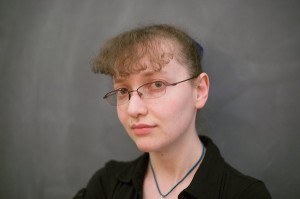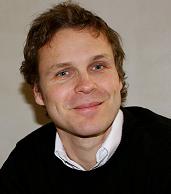[bibtex key=BagariaHamkinsTsaprounisUsuba2016:SuperstrongAndOtherLargeCardinalsAreNeverLaverIndestructible]
Abstract. Superstrong cardinals are never Laver indestructible. Similarly, almost huge cardinals, huge cardinals, superhuge cardinals, rank-into-rank cardinals, extendible cardinals,
-extendible cardinals, 1 -extendible cardinals, weakly superstrong cardinals, uplifting cardinals, pseudo-uplifting cardinals, superstrongly unfoldable cardinals, 0 -reflecting cardinals, Σ 𝑛 -correct cardinals and Σ 𝑛 -extendible cardinals (all for Σ 𝑛 ) are never Laver indestructible. In fact, all these large cardinal properties are superdestructible: if 𝑛 ≥ 3 exhibits any of them, with corresponding target 𝜅 , then in any forcing extension arising from nontrivial strategically 𝜃 -closed forcing < 𝜅 , the cardinal ℚ ∈ 𝑉 𝜃 will exhibit none of the large cardinal properties with target 𝜅 or larger. 𝜃
The large cardinal indestructibility phenomenon, occurring when certain preparatory forcing makes a given large cardinal become necessarily preserved by any subsequent forcing from a large class of forcing notions, is pervasive in the large cardinal hierarchy. The phenomenon arose in Laver’s seminal result that any supercompact cardinal
In this article, my co-authors and I temper that temptation by proving that certain kinds of large cardinals cannot be made nontrivially indestructible. Superstrong cardinals, we prove, are never Laver indestructible. Consequently, neither are almost huge cardinals, huge cardinals, superhuge cardinals, rank-into-rank cardinals, extendible cardinals and
Main Theorem.
- Superstrong cardinals are never Laver indestructible.
- Consequently, almost huge, huge, superhuge and rank-into-rank cardinals are never Laver indestructible.
- Similarly, extendible cardinals,
1 0 - Uplifting cardinals, pseudo-uplifting cardinals, weakly superstrong cardinals, superstrongly unfoldable cardinals and strongly uplifting cardinals are never Laver indestructible.
Σ 𝑛 Σ 𝑛 𝑛 ≥ 3 - Indeed—the strongest result here, because it is the weakest notion—
Σ 3
In fact, each of these large cardinal properties is superdestructible. Namely, if
The proof makes use of a detailed analysis of the complexity of the definition of the ground model in the forcing extension. These results are, to my knowledge, the first applications of the ideas of set-theoretic geology not making direct references to set-theoretically geological concerns.
Theorem 10 in the article answers (the main case of) a question I had posed on MathOverflow, namely, Can a model of set theory be realized as a Cohen-subset forcing extension in two different ways, with different grounds and different cardinals? I had been specifically interested there to know whether a cardinal








